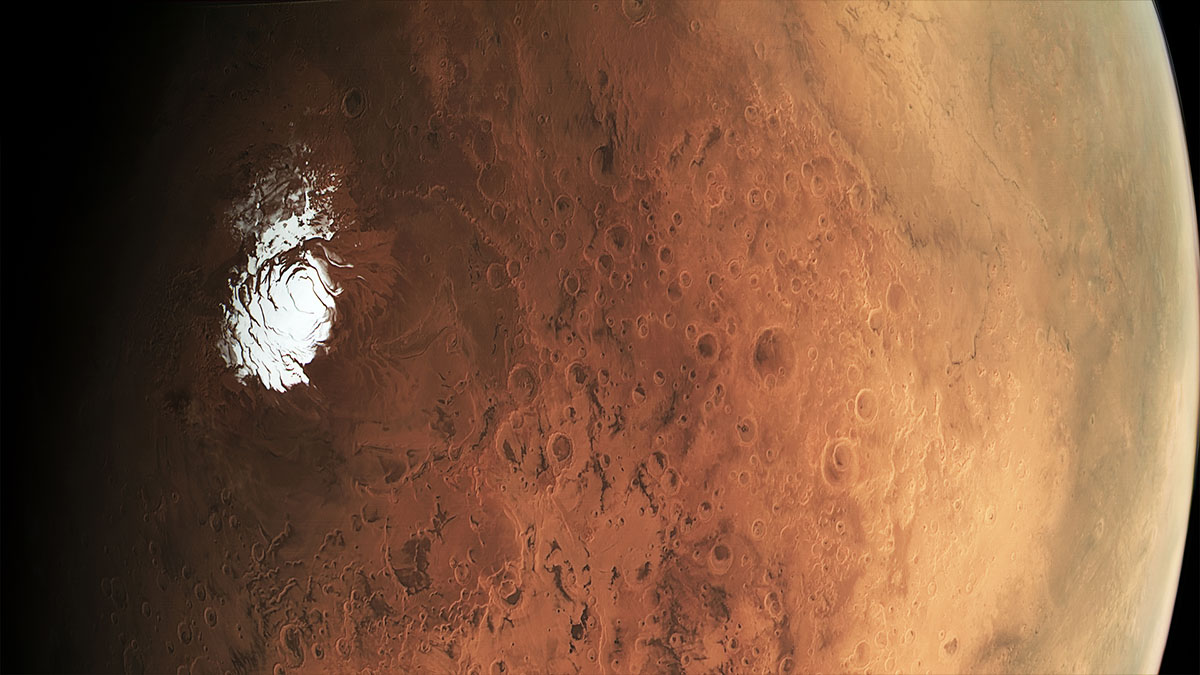why water could kill life on mars

When rains came to one of the driest places on Earth, an unprecedented mass extinction ensued. The assumption was that this rainfall would turn this remote region of the Atacama Desert in Chile into a wondrous, floral haven — dormant seeds hidden in the parched landscape would suddenly awake, triggered by the “life-giving” substance they hadn’t seen for centuries — but it instead decimated over three quarters of the native bacterial life, microbes that shun water in favor of the nitrogen-rich compounds the region has locked in its dry soil. In other words, death fell from the skies.
“We were hoping for majestic blooms and deserts springing to life. Instead, we learned the contrary, as we found that rain in the hyperarid core of the Atacama Desert caused a massive extinction of most of the indigenous microbial species there,” said astrobiologist Alberto Fairen, who works at Cornell Cornell University and the Centro de Astrobiología, Madrid. Fairien is co-author of a new study published in Nature’s Scientific Reports.
“The hyperdry soils before the rains were inhabited by up to 16 different, ancient microbe species. After it rained, there were only two to four microbe species found in the lagoons,” he added in a statement. “The extinction event was massive.”
Climate models suggest that these rains shouldn’t hit the core regions of Atacama more than once every century, though there is little evidence of rainfall for at least 500 years. Because of the changing climate over the Pacific Ocean, however, modern weather patterns have shifted, causing the weird rain events of March 25 and Aug. 9, 2015. It also rained more recently, on June 7, 2017. Besides being yet another reminder about how climate change impacts some of the most delicate ecosystems on our planet, this new research could have some surprise implications for our search for life on Mars.
Over forty years ago, NASA carried out a profound experiment on the Martian surface: the Viking 1 and 2 landers had instruments on board that would explicitly search for life. After scooping Mars regolith samples into their chemical labs and adding a nutrient-rich water mix, one test detected a sudden release of carbon dioxide laced with carbon-14, a radioisotope that was added to the mix. This result alone pointed to signs that Martian microbes in the regolith could be metabolizing the mixture, belching out the CO2.
Alas, the result couldn’t be replicated and other tests threw negative results for biological activity. Scientists have suggested that this false positive was caused by inorganic reactions, especially as, in 2008, NASA’s Phoenix Mars lander discovered toxic and highly reactive perchlorates is likely common all over Mars. Since Viking, no other mission has attempted a direct search for life on Mars and the missions since have focused on seeking out water and past habitable environments rather than directly testing for Mars germs living on modern Mars.
With this in mind, the new Atacama microbe study could shed some light on the Viking tests. Though the out-gassing result was likely a false positive, even if all the samples collected by the two landers contained microscopic Martians, the addition of the liquid mix may well have sterilized the samples — the sudden addition of a large quantity of water is no friend to microbial life that has adapted to such an arid environment.
“Our results show for the first time that providing suddenly large amounts of water to microorganisms — exquisitely adapted to extract meager and elusive moisture from the most hyperdry environments — will kill them from osmotic shock,” said Fairen.
Another interesting twist to this research is that NASA’s Mars rover Curiosity discovered nitrate-rich deposits in the ancient lakebed in Gale Crater. These deposits might provide sustenance to Mars bacteria (and may be a byproduct of their metabolic activity), like their interplanetary alien cousins in Atacama.
As water-loving organisms, humans have traditionally assumed life elsewhere will bare similar traits to life as we know it. But as this study shows, some life on Earth can appear quite alien; the mass extinction event in the high deserts of Chile could teach us about how to (and how not to) seek out microbes on other planets.
[ this article originally appeared on astroengine ]





